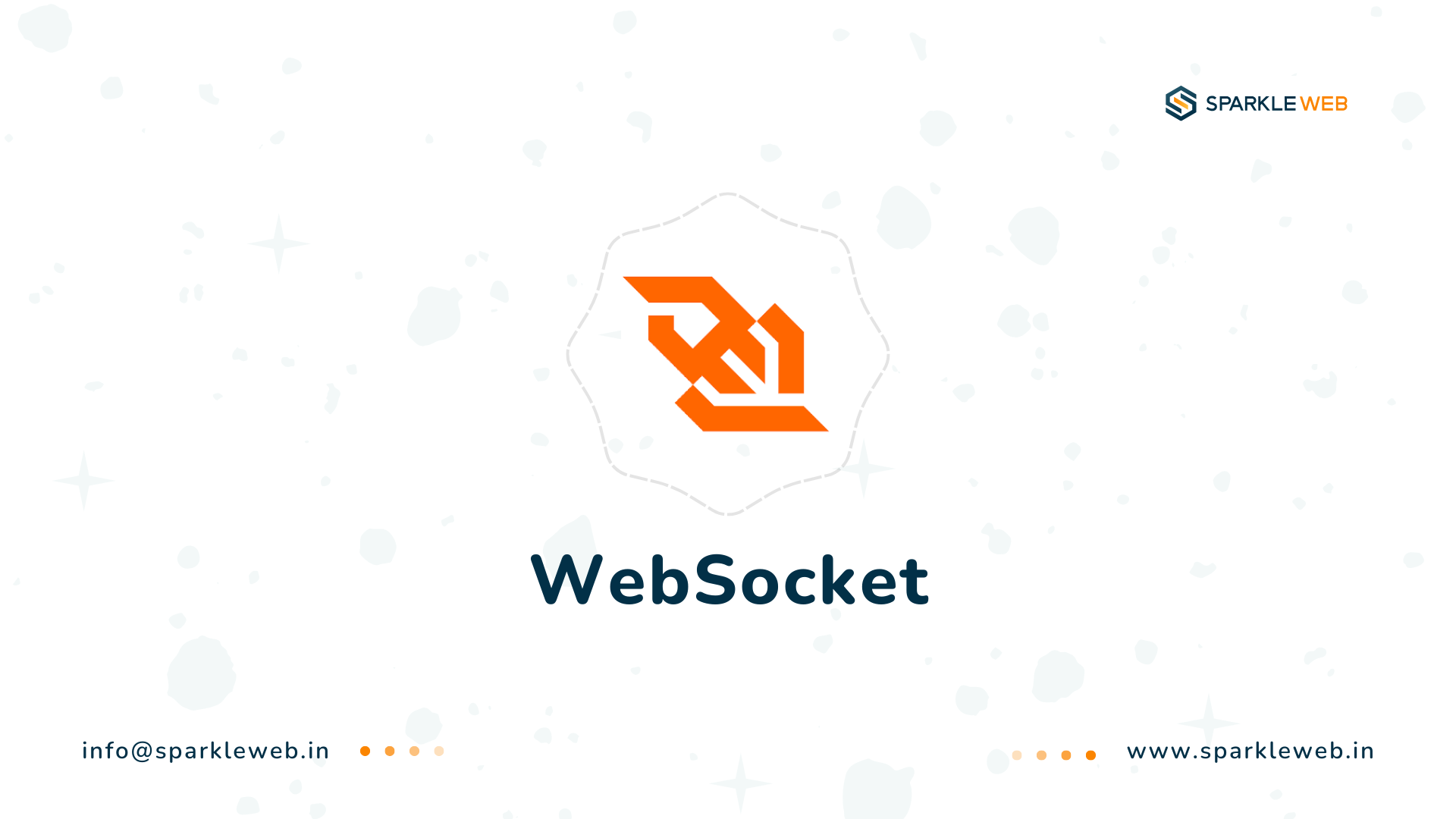Real-time communication is an essential part of modern apps. It powers features like live chat, notifications, live tracking, and collaborative tools. These features keep users engaged and make apps more interactive. Two of the most popular technologies for real-time communication are SignalR and WebSocket. While both are powerful, they serve different purposes and suit different project needs. This blog will help you understand their differences and guide you in choosing the right one for your project.
What is SignalR?
SignalR is a real-time communication library created by Microsoft. It is designed specifically for
ASP.NET applications. Its primary goal is to make real-time communication easier by managing all the complexities for you. SignalR automatically chooses the best communication method based on what the user’s browser or system supports. This can include:
Key Features of SignalR
1. Automatic Fallbacks
SignalR always tries to use WebSockets first, as it is the fastest and most reliable protocol. If WebSockets are not supported by the client or server, it will switch to SSE or long polling. This ensures the app works on as many devices and networks as possible.
2. Simplified Development
Developers can easily send messages to all users or specific groups using built-in tools. This makes tasks like building chat apps or notification systems much faster.
3. Integration with .NET Ecosystem
SignalR works smoothly with other Microsoft tools, such as ASP.NET Core,
Azure, and
Visual Studio. This makes it a natural choice for developers already using Microsoft technologies.
4. Hub-Based Communication
SignalR uses a concept called “Hubs.” A hub acts as a middleman between the server and clients, allowing two-way communication. This means both the client and server can send and receive messages easily.
What is WebSocket?
WebSocket is a communication protocol that creates a direct, two-way connection between the client and server. This connection stays open, allowing data to flow freely in both directions without needing to re-establish the connection every time. WebSocket is lightweight and very efficient, which makes it perfect for real-time applications.
Key Features of WebSocket
1. Full-Duplex Communication
With WebSocket, both the client and server can send messages to each other simultaneously. This makes it ideal for apps that require continuous data exchange.
2. Low Latency
Since the connection remains open, there’s no need to establish a new connection for every message. This reduces delays, making WebSocket very fast.
3. Protocol Agnostic
WebSocket isn’t tied to a specific programming language or framework. You can use it with various tools and platforms.
4. Scalability
WebSocket is lightweight and can handle a large number of simultaneous connections efficiently. However, scaling WebSocket connections across multiple servers requires additional tools, such as load balancers or media servers.
SignalR vs. WebSocket: Which One to Use?
Both SignalR and WebSocket are great for real-time communication, but their use cases differ depending on the type of application you’re building. Let’s explore some examples:
When to Use SignalR for Live Video Calls
While WebSocket is commonly used for video calls due to its low latency, SignalR can be a better choice in some scenarios:
-
Fallback Mechanisms: SignalR ensures your app works even in environments where WebSocket is not supported.
-
Microsoft Ecosystem: If your app heavily relies on Microsoft tools like Azure or ASP.NET, SignalR is the natural choice.
When to Use WebSocket for Live Video Calls
WebSocket is often preferred for live video calls because:
-
Low Latency: Video calls require minimal delays, and WebSocket’s persistent connection ensures quick data transfer.
-
Efficient Bandwidth Usage: WebSocket eliminates the need for repeated handshakes, which is crucial for video streaming.
- Integration with Media Servers: WebSocket works well with media servers like Kurento and Janus, making it easy to handle video streams.
Real-Time Chat Applications: SignalR or WebSocket?
Why SignalR is Great for Chat Applications
SignalR is a popular choice for building chat apps. Here is why:
1. Group Management: SignalR’s Hubs make it easy to create and manage chat rooms or private chats.
2. Fallback Support: Even if WebSocket is unavailable, SignalR will switch to other protocols, ensuring uninterrupted service.
3. Ease of Integration: If you’re using .NET technologies, SignalR fits in perfectly.
Why Choose WebSocket for Chat Applications
If your chat app needs ultra-low latency or must handle a very large number of users, WebSocket might be the better option. Its lightweight nature and high performance make it ideal for demanding applications.
SignalR vs. WebSocket: Feature Comparison

Choosing the Right Technology
Healthcare Apps
Use SignalR for secure, real-time communication and compatibility across devices.
Fintech Applications
Use WebSocket for features like live trading platforms that require low latency and fast data updates.
E-Commerce Platforms
Use SignalR for live notifications, cart updates, and customer support chats, especially if fallback support is important.
Best Practices for Choosing SignalR or WebSocket
1. Understand Your Audience
Consider what devices, browsers, and networks your users will use. SignalR is great for environments with varied capabilities, while WebSocket is better for controlled environments.
2. Plan for Scalability
SignalR integrates with Azure for easy scaling, while WebSocket requires additional tools like load balancers.
3. Keep Development Complexity in Mind
SignalR simplifies development, while WebSocket gives you complete control if you need custom implementations.
Conclusion
Choosing between SignalR and WebSocket depends on your project’s needs. If you want ease of development, fallback options, and tight integration with Microsoft tools, go for SignalR. If you need low latency, high performance, and lightweight communication, WebSocket is the way to go.
We support businesses in building scalable, real-time apps tailored to their needs. Whether you choose SignalR, WebSocket, or a hybrid approach, our team is here to ensure your project’s success.
Ready to add real-time features to your app?
Contact Us today, and let’s build something amazing together!






Dipak Pakhale
A skilled .Net Full Stack Developer with 8+ years of experience. Proficient in Asp.Net, MVC, .Net Core, Blazor, C#, SQL, Angular, Reactjs, and NodeJs. Dedicated to simplifying complex projects with expertise and innovation.
Reply